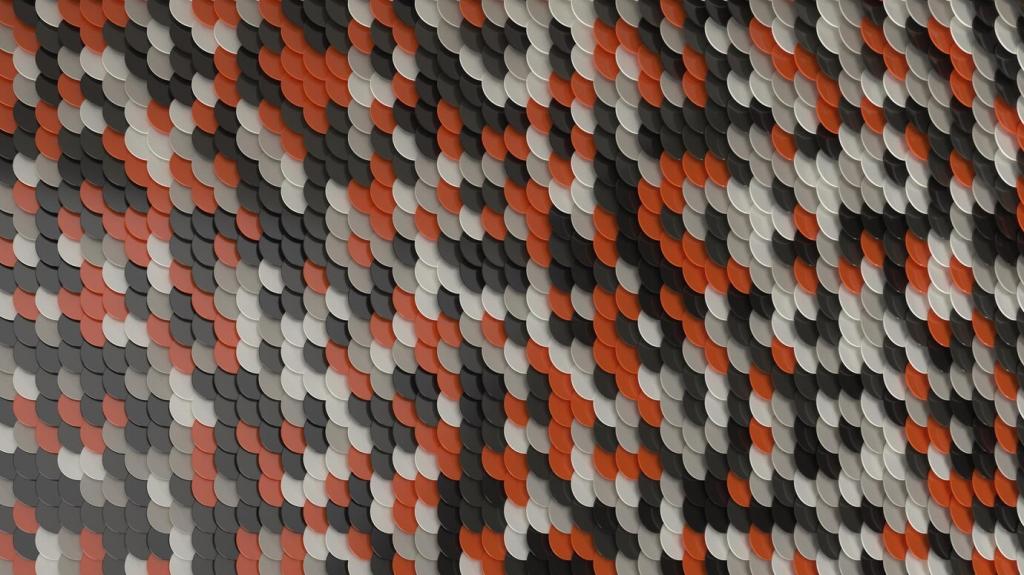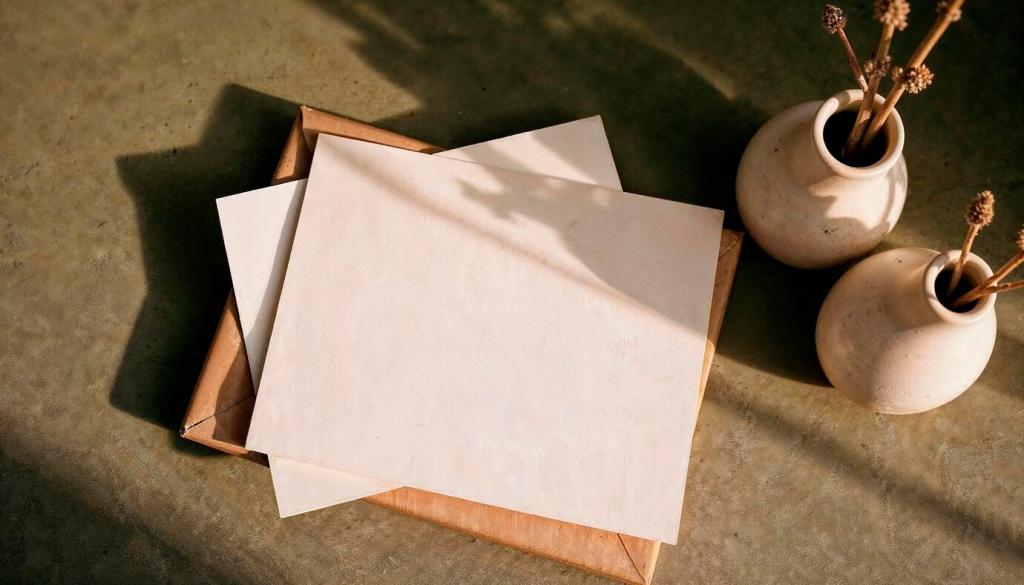This edition focuses on the theme: Innovative Composite Cladding Solutions, celebrating smarter materials, resilient facades, and design freedom that elevates performance, aesthetics, and sustainability while inviting you to join the conversation and shape the skyline together.
What Makes Composite Cladding Innovative Today
Composite cladding blends fibers, resins, and engineered skins to achieve strength, stability, and refined appearance. By combining materials—such as mineral fillers, glass fibers, or recycled polymers—manufacturers balance rigidity, weight, and durability. The result is a facade that handles heat, cold, and daily wear with confidence while keeping maintenance low and creative options open.
What Makes Composite Cladding Innovative Today
While looks matter, innovative composite cladding solutions are defined by weatherability, UV stability, and resistance to moisture, impact, and salts. Carefully engineered laminates and cores fight delamination and fading, even on sun-baked or storm-battered elevations. Designers gain dependable performance across climate zones, helping buildings age gracefully and maintain curb appeal for decades.
What Makes Composite Cladding Innovative Today
Lightweight panels, diverse textures, and long-format profiles enable ambitious facades without punishing budgets. Digital fabrication, repeatable modules, and versatile subframing make curves, patterns, and rhythm feasible. With composite cladding, creativity can scale—from subtle shadow play on a minimalist elevation to bold, parametric surfaces that articulate a brand or civic identity.

Rainscreen Logic, Real Benefits
Ventilated rainscreen setups let walls breathe, shedding water and drying quickly. This reduces trapped moisture, discourages mold, and helps insulation perform as specified. On a coastal library project, a composite-clad rainscreen stood strong through salt-laden winds, preserving the interior finishes and community programming schedule with minimal disruption or maintenance downtime.
Fire and Safety Considerations
Responsible selection means aligning products, assemblies, and details with applicable fire tests and codes. Many composite systems pair noncombustible substrates, fire-inhibiting cores, and compliant subframing to support safety strategies. Early coordination with consultants ensures details—joints, cavities, and terminations—meet requirements without compromising the intended look or installation pace.
Urban Wear, Minimal Tear
In dense cities, facades must shrug off impacts, grime, and graffiti. Composite cladding often includes hard-wearing surfaces that clean easily and resist scratches. Transport hubs, schools, and retail streets benefit from durable finishes that keep their sharp lines. Tell us where your project is located, and we will share climate-specific maintenance insights in a future post.
Sustainability and Circularity
Many composite panels incorporate recycled content, lean manufacturing, and durable finishes that extend service life. Environmental Product Declarations and third-party certifications help teams compare options transparently. When materials last longer and require less upkeep, operational impacts fall. Share your sustainability goals, and we will compile resources to help you evaluate trade-offs with clarity and confidence.



Installation Insights and Best Practices
Start with a stable, plumb subframe—aluminum or galvanized steel—incorporating thermal breaks where needed. Establish clear datum lines and tolerances early to prevent cascading adjustments. Field-measure frequently, especially near corners and window returns. Tell us your region and wind exposure; we will share a starter checklist tailored to your conditions.

Real-World Stories and Case Notes
Coastal Library Facade Renewal
Exposed to salt spray and strong afternoon sun, the library needed resilience without losing warmth. Composite cladding delivered a calm, timber-like finish with durable, low-maintenance surfaces. Visitors noticed quieter interiors and sharper shadows at sunset. Have a coastal project? Comment with your wind zone, and we will share detailing tips.
High-Rise Retrofit in a Dense City
Working within tight logistics and noise rules, the team used offsite panelization for speed and safety. Lightweight composite panels reduced crane time and lane closures, helping neighbors and businesses stay happy. If you are planning a retrofit, subscribe for our logistics toolkit and sequencing templates made for constrained urban sites.
Campus Innovation Hub
A university center sought an expressive facade with controlled costs. Composite cladding enabled double-curved accents via segmented panels and smart joints. Students hosted a design hackathon to prototype patterns on scrap sheets. Share your studio or classroom experiments; we may feature them in a future showcase.


How to Get Started With Your Next Facade
List climate, fire zone, acoustics, maintenance, and lifespan targets before choosing products. Clear criteria streamline selection and approvals. If you post your top three priorities in the comments, we will respond with a tailored shortlist of systems and reference details worth exploring.
How to Get Started With Your Next Facade
Request physical samples, build a mock-up, and evaluate in real light. Touch surfaces, verify color stability, and test cleanability. Encourage stakeholders to weigh in. Subscribe to receive our printable mock-up checklist, including photo angles and inspection prompts that catch problems before they scale.
